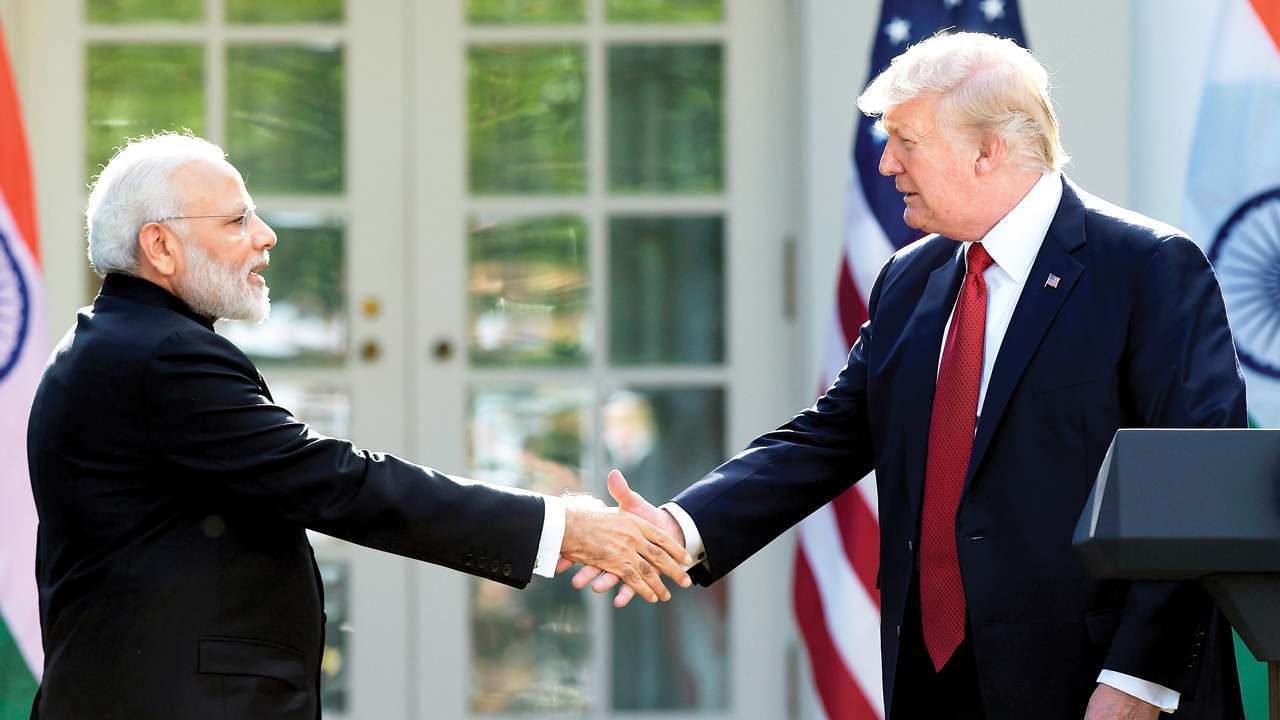
The good news in Indo-US ties is that finally, New Delhi has good friends in Washington. And if those friends also happen to be influential American senators, so much the better. Two senators have told their country’s trade office to delay adopting a US plan to end preferential duty-free imports of up to $5.6 billion from India, and seek more negotiations instead. They have warned that such a plan could raise costs for American consumers. If President Donald Trump presses ahead with his plan to end the Generalized System of Preferences (GSP) for India, Indian officials have warned of a retaliatory tariff. India is the world’s largest beneficiary of the GSP, dating from the 1970s, but trade ties with the US have widened over what Trump calls its high tariffs and concerns over New Delhi’s e-commerce policies.
GSP was introduced in 1971 after the second session of the United Nations Conference on Trade and Development (UNCTAD) had unanimously adopted it in 1968. Under the GSP, developing countries’ exports were granted duty-free access by developed countries. Developed countries thus granted unilateral trade concessions to the developing countries for increasing their exports. In their letter last week, the co-chairs of the India Caucus of more than 30 senators, called for withdrawal to be delayed until the end of India’s 39-day Lok Sabha elections, which began on April 11. While India’s position has been to find a negotiated solution to trade frictions, the US Administration has adopted an aggressive stance towards India and other trade partners, which was underlined by the Trump administration. The US Trade Administration annually reviews the GSP preferences examining whether the exports from developing countries conform to Competitive Need Limitations (CNL). A developing country can lose its GSP benefits on any product if the CNLs are exceeded. Two measures are adopted for assessing CNLs: import of a product from a beneficiary developing country accounts for 50 per cent or more of the total imports of the product; or imports exceed a certain dollar value, which was set at $180 million in 2017.
Despite close political ties, trade between India and the United States, which stood at $126 billion in 2017, is widely seen to be performing at nearly a quarter of its potential. Trade relations suffered in the past few months after India adopted new rules on e-commerce reining in how companies such as Amazon.com Inc and Walmart Inc-backed Flipkart do business. Last June, India said it would step up import duties varying from 20 percent to 120 percent on a slew of US farm, steel and iron products, angered by Washington’s refusal to exempt it from new steel and aluminium tariffs. One can only hope that the US Administration looks closely at what their senators have said. Indo-US ties are not just economic but geo-strategic. After years of indifference during the Cold War years, relations between the two of the world’s largest democracies are on the up. That momentum needs to be maintained.